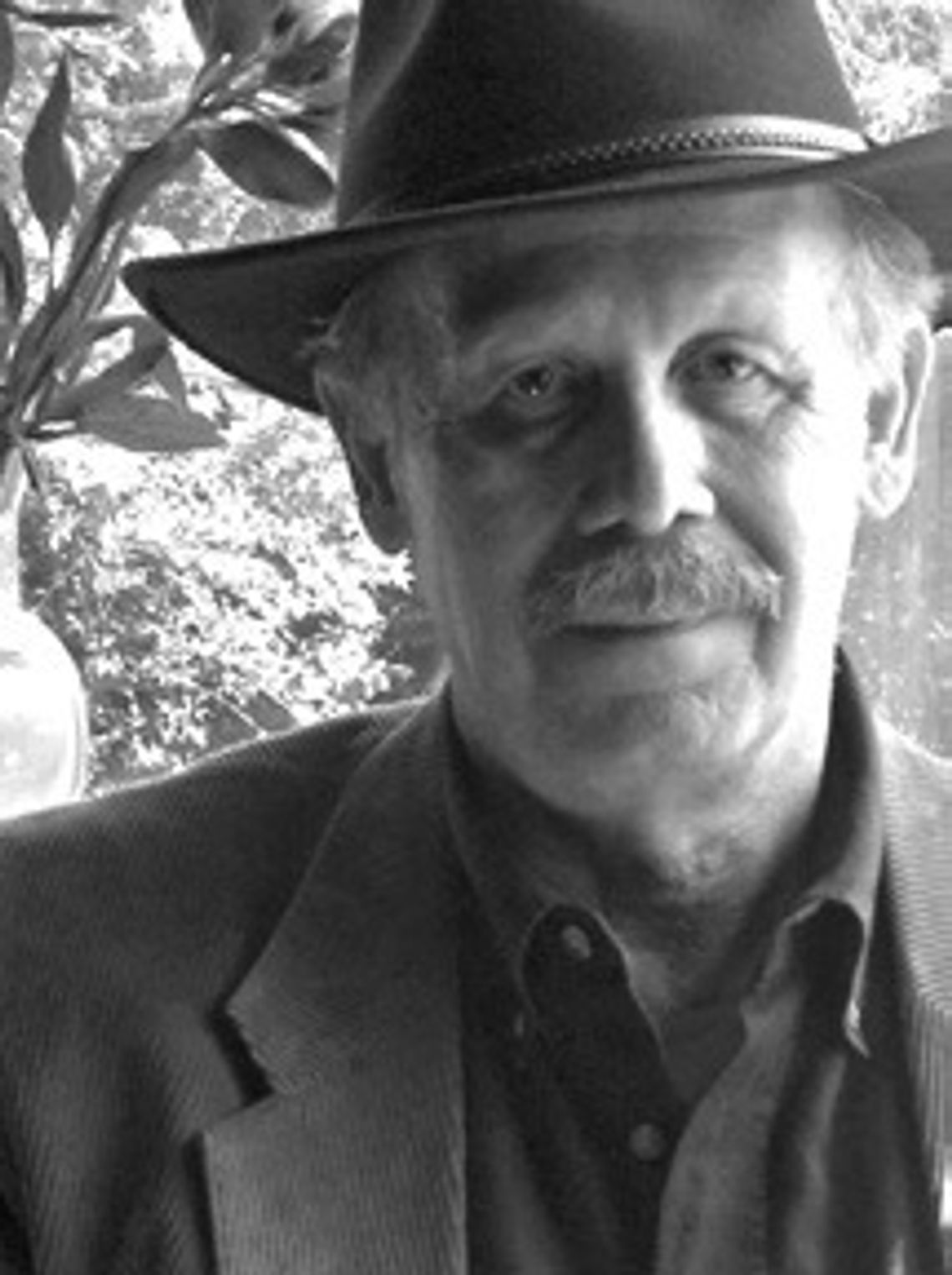Minutes after the armed robbery of the downtown post office on Jan. 14, 1921, Dallas police and irate citizens led by the city’s “Boy Mayor” chased down and captured the perpetrators.
After his discharge from World War I military service, Frank Wozencraft hurried home to Dallas in February 1919. The 26 year old army captain had hardly unpacked, when the Citizens Association picked him as its choice for mayor in the April municipal elections. Recovering from the shock of the surprise nomination, the young veteran mounted an aggressive campaign to unseat the incumbent, Joe E. Lawther.
Following its creation in 1907, the Citizens Association dominated Dallas politics. The nonpartisan alliance of merchants and moneyed families crushed the opposition in three straight elections easily winning the mayoral match and a majority of the council contests.
But a stunning showing in 1913 by a handful of socialists exposed the festering dissatisfaction with the status quo. The left-wing charge was led by George Clifton Edwards, the son of a prominent local clan.
A product of Harvard Law School, Edwards was a full-fledged radical who devoted his time and considerable fortune to championing the cause of the poor. Until the election of 1913, his defense of the underdog attracted more ridicule than votes.
The overconfident Citizens Association, which dismissed the socialist rhetoric as the impotent ranting of the lunatic fringe, was shaken by the ballot count. Although the CA slate again came out on top, Edwards polled 36 percent in the race for mayor and carried seven of 33 precincts.
Despite the hysterical reaction of CA supporters, a third of the Big D electorate had not embraced Marxism. Edwards’ little red wagon merely provided the convenient means for a dramatic protest.
Nevertheless, the Citizens Association ignored the ominous warning and, after a reassuring landslide two years later, smugly concluded politics as usual had prevailed. That false assumption set the stage in 1917 for the upset victory of an independent mayoral candidate named Joe Lawther.
With Wozencraft topping the ticket in 1919, the CA jumped back in the city saddle. Just 26 years old the day he took charge of Texas’ second largest city, he was the youngest chief executive in Dallas history.
To the amazement of detractors and even many skeptical backers, Wozencraft proved to be an able administrator, who did not shy away from the thorniest problems. During his first summer in office, the cost of ice, a necessity in those suffocating days before air conditioning, soared to 80 cents per hundred pounds. Aided by the district attorney, Mayor Wozencraft threatened to take the ice companies to court, a move that quickly reduced the inflated price.
Five months later, a severe cold snap chilled Dallasites to the bone and exhausted the supply of natural gas. Wozencraft mobilized a convoy of city vehicles to haul firewood into town from the countryside, and thousands of shivering constituents soon had heat in their homes.
In February 1920, the “Boy Mayor” escorted Gen. John J. “Black Jack” Pershing on a parade through the streets of downtown Big D. Only ten months into his term, Wozencraft was already a respected figure attracting statewide attention.
At a meeting of 64 mayors from every corner of Texas, the whiz kid from Dallas was enthusiastically endorsed as gubernatorial timber by his peers. Wozencraft modestly but correctly reminded his fan club that the minimum age for the office as set by the state constitution was 30, a milestone he would not reach for three more years.
Political insiders assumed Wozencraft would serve a second two-year stint as mayor of Dallas and then set his sights on the statehouse. Another term was his for the asking, after which he was sure to be a strong contender for governor.
Strictly as a formality, Citizen Association representatives called on Wozencraft to confirm his desire for two more years. To their incredulous dismay, he refused to stand for reelection and announced his retirement from public life.
At 28 Frank Wozencraft spurned a political career brimming with gold-plated promise. The power and prestige that intoxicated so many others did not interest him in the slightest.
Frank Wozencraft left Dallas a decade later for New York, where he became general counsel for the Radio Corporation of America (RCA). When he retired to his hometown in 1962, the Dallas he had governed 40 years earlier was a mushrooming metropolis of 700,000.
And nary a soul remembered the remarkable “Boy Mayor.”
Besides Bonnie and Clyde “Texas Depression Era Desperadoes” features many lesser known outlaws of the Thirties. Order your copy today by mailing a check for $24.00 to Bartee Haile, P.O. Box 130011, Spring, TX 77393.
“Boy mayor” ponders bid for governor
Minutes after the armed robbery of the downtown post office on Jan. 14, 1921, Dallas police and irate citizens led by the city’s “Boy Mayor” chased down and captured the perpetrators.
- 01/10/2024 09:00 PM











